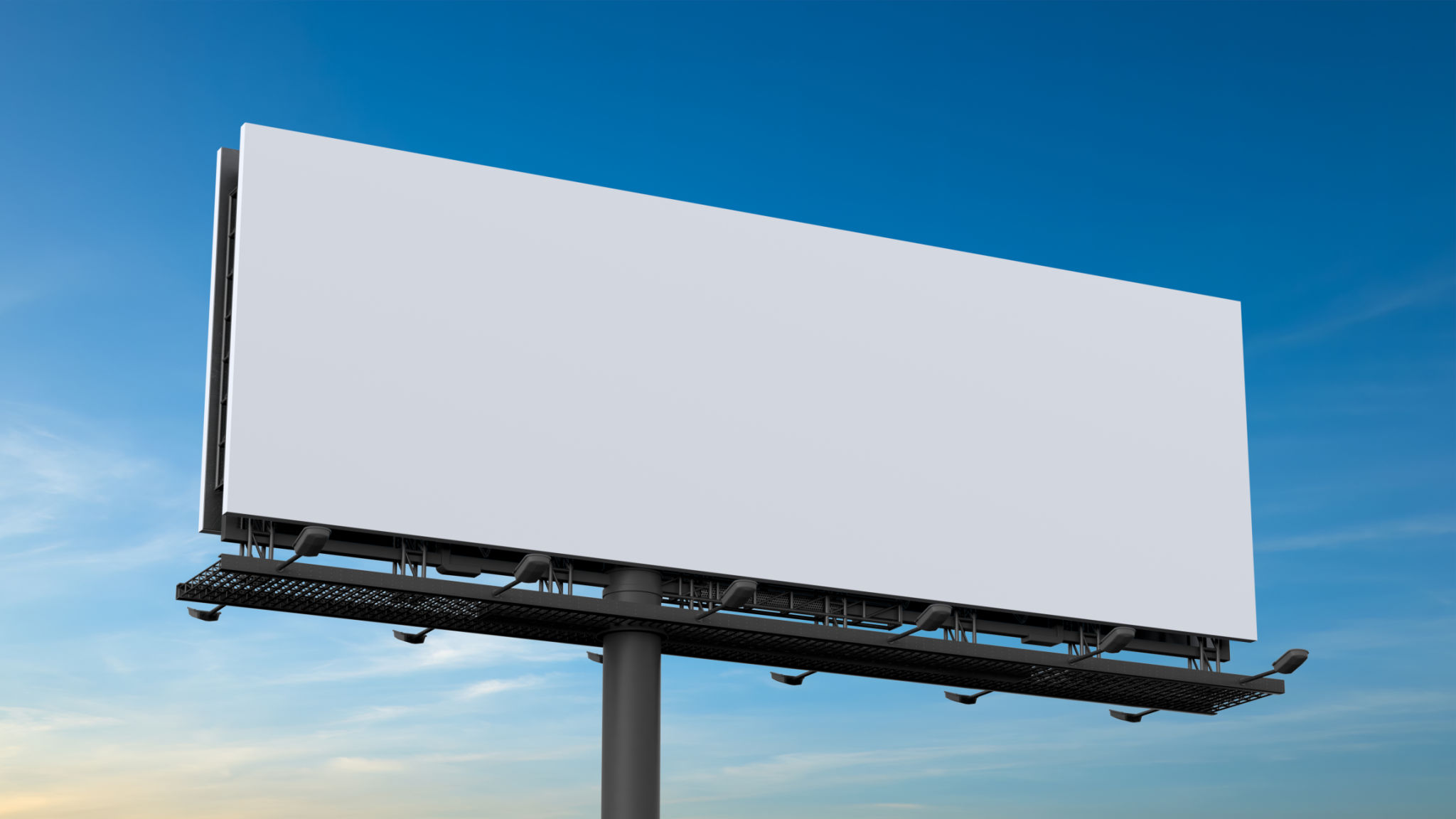Digital Billboard Trucks vs. Traditional Billboards: Which is Right for Your Campaign?
Understanding Digital Billboard Trucks
In today's fast-paced advertising world, digital billboard trucks are gaining popularity due to their mobility and dynamic display capabilities. These trucks are essentially moving billboards, equipped with LED screens that can display changing advertisements. This flexibility allows advertisers to showcase multiple messages within a single campaign, capturing the attention of diverse audiences as the truck moves throughout different locations.
One of the major advantages of digital billboard trucks is their ability to target specific geographic areas at different times. For instance, an advertiser can direct their campaign towards busy city centers during rush hours and residential areas in the evening. This strategic targeting can significantly enhance the reach and effectiveness of a campaign.

Advantages of Traditional Billboards
Traditional billboards have been a staple in outdoor advertising for decades. Known for their large static displays, they offer high visibility and prolonged exposure to motorists and pedestrians alike. Their fixed location can be advantageous for brands looking to establish a presence in a specific area over an extended period.
Moreover, traditional billboards often come at a lower cost compared to digital alternatives, especially when long-term exposure is needed. This makes them an attractive option for businesses with limited budgets looking for consistent brand reinforcement.
Comparing Costs and Flexibility
When deciding between digital billboard trucks and traditional billboards, cost is a significant consideration. Digital billboard trucks typically involve higher initial costs due to technology and mobility factors. However, they offer greater flexibility in terms of message changes and targeted reach.
Traditional billboards, while less flexible in terms of content updates, often provide a more cost-effective solution for long-term campaigns. This can be particularly beneficial for brands aiming to maintain a steady presence without frequent content changes.

Determining Audience Engagement
Audience engagement is another crucial factor when selecting an advertising medium. Digital billboard trucks can captivate audiences with dynamic content, potentially leading to higher engagement levels. The movement and changing visuals are more likely to catch the eye than static images.
Conversely, traditional billboards rely on their strategic placement to ensure consistent engagement. Located in high-traffic areas, these billboards benefit from repeated exposure, which can reinforce brand messages over time.
Choosing the Right Option for Your Campaign
The decision between digital billboard trucks and traditional billboards should align with your campaign goals and budget. For campaigns that require flexibility, targeted reach, and dynamic content, digital billboard trucks are an excellent choice. They allow for creative storytelling and can adapt to varying audience demographics throughout different times of the day.
On the other hand, if your campaign aims for long-term visibility in a specific location with a focus on cost-effectiveness, traditional billboards may be more suitable. Their ability to offer static yet impactful messages makes them ideal for brand reinforcement and awareness campaigns.

Conclusion
Both digital billboard trucks and traditional billboards offer unique advantages tailored to different advertising needs. By understanding the strengths of each medium, you can make an informed decision that maximizes the impact of your campaign. Whether you prioritize flexibility and engagement or stability and cost-efficiency, aligning your choice with your objectives will ensure successful advertising outcomes.
